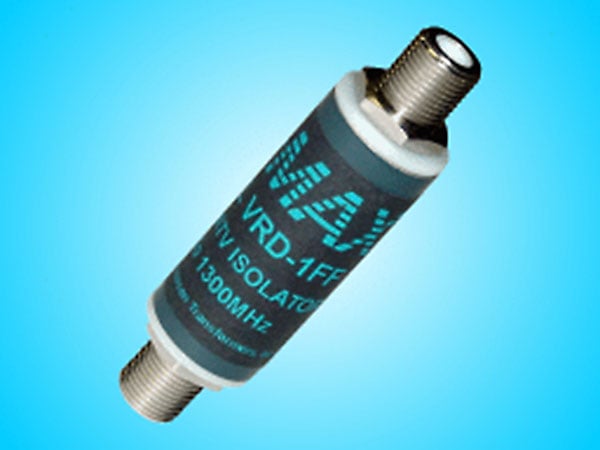Quad 606 Transformer Swap
François' (Besancon, France) Quad 606-1 started making a rumbling sound....
Some QUAD 606 MK1's start to make a rumbling sound after some years - from the amplifier itself, not through the speakers.

This means that the transformer is worn out and needs replacement (we know the same problem from the Quad 405 where we can replace the old transformer with a Toroïdal version).
The problem with the 606-1 is that a 400VA 2x 80V Toroïdal transformer won't fit as the diameter is much too large. Quad uses a Toroidal transformer in the 606 MK2, the 707 and the 909 but they developed a special P
 CB for it that wont fit the 606-1 chassis.
CB for it that wont fit the 606-1 chassis.The only alternative seemed to order a "New Old Stock" "classic" replacement transformer for the 606-1 but this appeared to be very expensive and we don't like the quality of this transformer neither.
So we thought about using 2x 250VA 2x 40V Toroïdal transformers. This offers the advantages o
 f extra power headroom (500 instead of 400VA), (even) better channel-separation as we use two different transformers and the possibility to use larger PSU capacitors.
f extra power headroom (500 instead of 400VA), (even) better channel-separation as we use two different transformers and the possibility to use larger PSU capacitors.We decided to use 2 Noratel 250VA 2x 40 Volt transformers. They are 50mm high and 120mm diameter.
But how to build them into the Chassis? Chris Devrieze has be
 en puzzling with the question during several days and came up with a very good solution.
en puzzling with the question during several days and came up with a very good solution.- We remove a part of the old transformer mounting-frame on the bottom of the (upside-down) chassis so the new transformers will fit in between
- As we can't mount the capacitors and the diode's on top of the transformers anymore - there is no space - we glue them with 2-component Epoxy on both sides of the transformers
- Both 115V primary windings are soldered in series (for Europe) or in parallel (for the USA & Canada) and the secondary windings are soldered in series to obtain 80V
- We drill a hole in the top cover-plate and we use a M6 x 120mm screw to fix both transformers to it after connecting all the wires. We put 4 rubber feet on the bottom to avoid all movement of the transformers once they are fixed
- We mount the cover-plate with both transformers to the chassis with M5 x 40mm screws in the four corners
Of course we also did a full revision of the amplifier-boards to bring the 606 to a Quad 909 level and we replaced the connectors.
Click on the pictures to enlarge.
Dada Electronics will offer the 606-1 transformer swap as an option to the 606 revision service and will sell the Noratel 250VA transformers in the Ebay-shop.
Any questions? Info@dadaelectronics.comStefaan, Chris



 Source: Channel D
Source: Channel D
